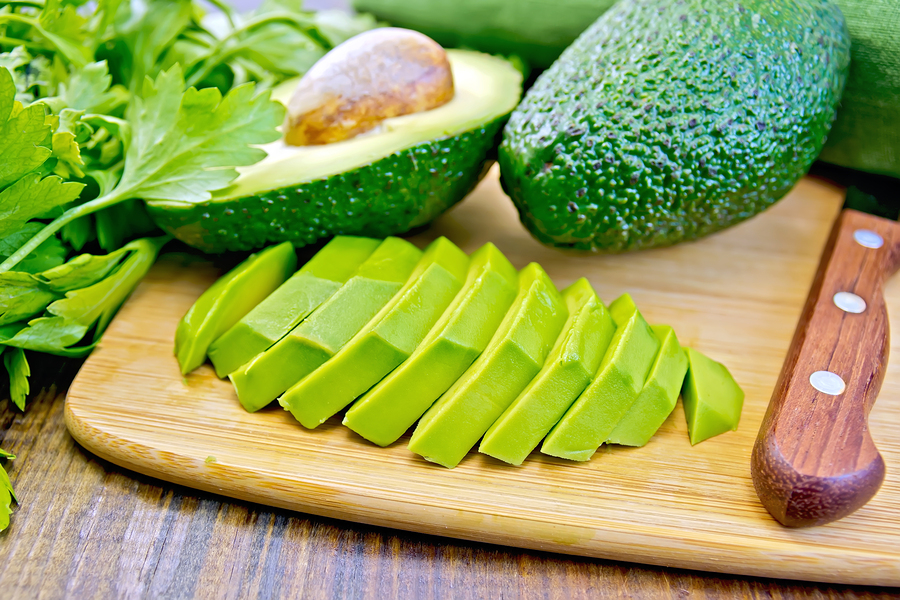- Make It Yourself Lavender Heart-Shaped Bath Bombs!
- 20 Things You Never Knew About “Down There”
- 12 Best Foods For Those Suffering From Arthritis Pain
- 12 Personal Hygiene Mistakes Almost Everyone Makes (Mom Never Told You About #4!)
- 15 Medicinal Plants And Herbs From The Cherokee People
- 12 Mind-Blowing Benefits Of Drinking Coconut Water During Pregnancy
- 12 Outstanding Winter Foods That Won’t Fatten You Up Like A Christmas Turkey
How To Save Money On Superfoods!

Photo credit: bigstock.com
It seems that every other day, there’s another article explaining which “superfood” you should buy. But how do you know which ones are the real deal, and which ones are just silly trends? Furthermore, many people have the impression that eating healthy can be expensive. Once you identify the right foods, how can you save money on them?
Relax, we’ve got you covered. In this handy guide, we’ll show you how to make your dollar go further by picking the superfoods that will give you the most bang for your buck.
1. Avocados
These fleshy fruits are commonly grown in California, as well as Mexico and other regions of Latin America. They are popular as side dishes in all of these regions, and with good reason. In addition to being delicious, they’re also just about one of the healthiest things you can put in your mouth.
Avocados are packed with vitamins, antioxidants and anti-inflammatory compounds. They’re also an excellent source of healthy fats. That’s right, not all fat is bad for you! People are finally waking up to the fact that decades of dogmatic low-fat dietary recommendations were painting with an overly broad brush. The good fats contained in avocados have a wide variety of health benefits.
The best way to save money on avocados is to buy them in bulk, but be sure to use them in a reasonable time frame after purchasing. If you have party coming up, use them to whip up a batch of killer guacamole! It’s absolutely delicious, great for your health and much easier than you might think!
2. Grass-fed butter
Now here’s another food that’s been unfairly maligned over the years. Butter was long thought to be a source of heart disease, which led to the development of butter alternatives like margarine, which are actually terrible for your health. But the truth is that real butter, made from the milk of grass-fed cows, is good for you.
A good deal of that butter fat consists of medium and short-chain triglycerides, which your body quickly converts to energy. Grass-fed butter also contains plenty of vitamin A, which plays a key role in maintaining sharp vision, as well as fat-soluble vitamins like vitamin D, vitamin E and vitamin K2, which many people are deficient in, as well as trace amounts of beneficial minerals like selenium and magnesium.
Grass-fed butter has so many health benefits that you really can’t afford not to buy it. While it does cost a little more than standard, mass-produced butter, the sheer number of ways you can use it and benefit from it (think of all the things you use regular butter for) mean that the higher cost is more than justified. Try to buy in bulk to save money.
Continue to Page 2

































